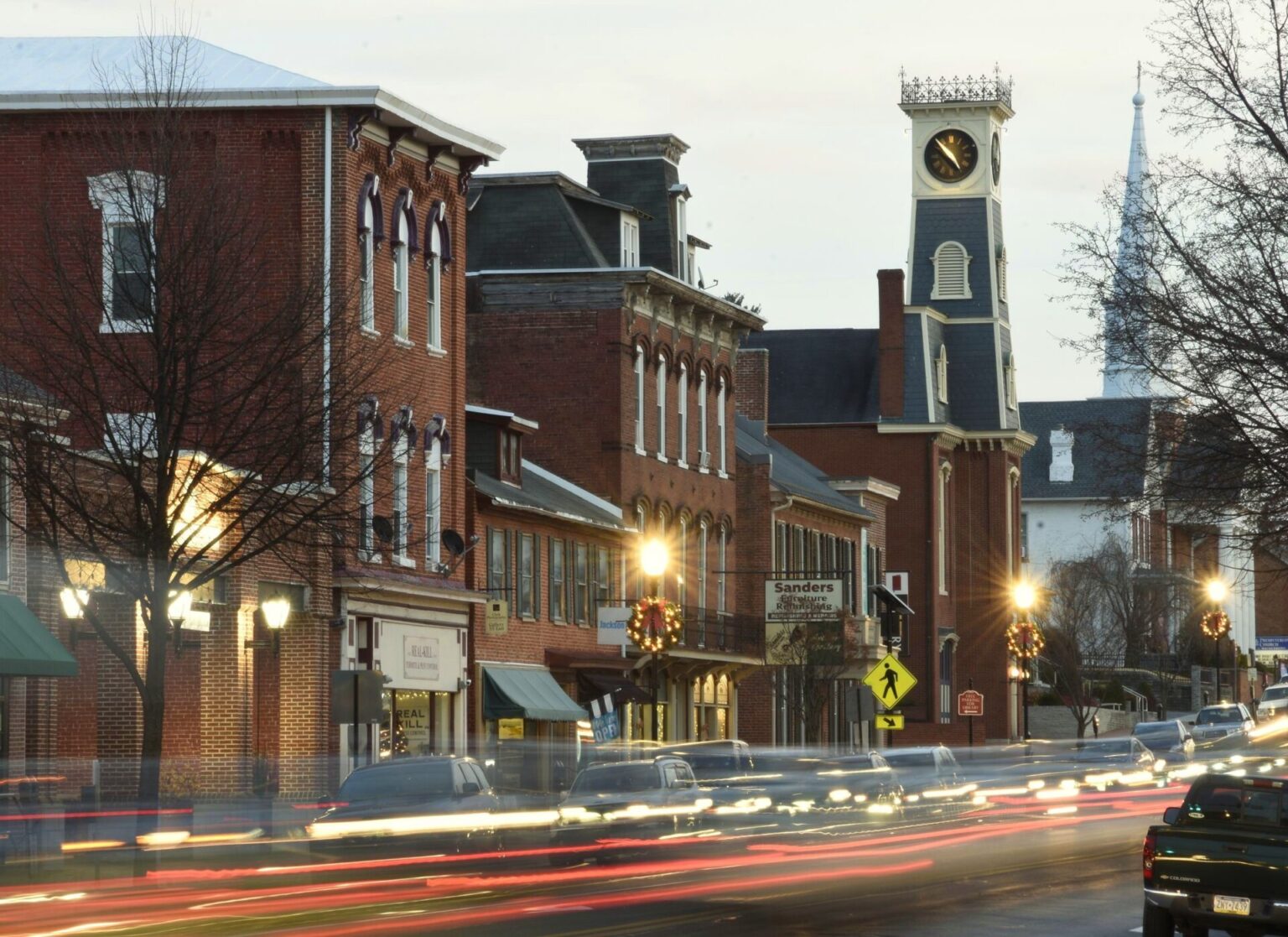Waynesboro boasts deep historical roots. The town has attained diverse accomplishments throughout its illustrious and industrious past. Today, Waynesboro maintains a variety of buildings harkening to its founding era, and some are listed on the prestigious National Register of Historic Places. This proud achievement is a testament to Waynesboro’s significant pedigree.
As mentioned in the first article in this series, the National Register of Historic Places (NRHP) is a U.S. federal program that recognizes five categories: buildings, structures, districts, sites, and objects. Among this quintet, properties are judged worthy based on various criteria. This includes whether the property was tied to a historic event or person, has design or construction significance, or possesses important information potential that helps interpret and preserve local history.
Waynesboro and neighboring Washington Township have 12 official designations on the NRHP, with an impressive array of histories. To give perspective, nearby Fulton County has just 7 NRHP listings in the entire county. Included in Waynesboro’s group are historic homes, an armory, church, grist mill, farms, a former Academy of Music, handsome double-arched stone bridge, and two historic districts. However, one surprising omission exists in Waynesboro’s impressive NRHP collection.
Waynesboro’s Historic District is the newest NRHP designation, awarded in 2019. This encompasses the downtown area with three National Register buildings included. Today, Waynesboro’s commercial locale bustles with activity as Main Street Park hosts a seasonal Farmers Market and many other monthly events. In addition, various new businesses have sprouted in town.
Also, the Waynesboro Theatre was recently renovated, and the town laid brick sidewalks and erected handsome street lamps. A thriving arts community hosts Friday night activities. The NRHP program helps encourage these civic niceties by designating places that deserve preservation, and this in turn inspires community pride.
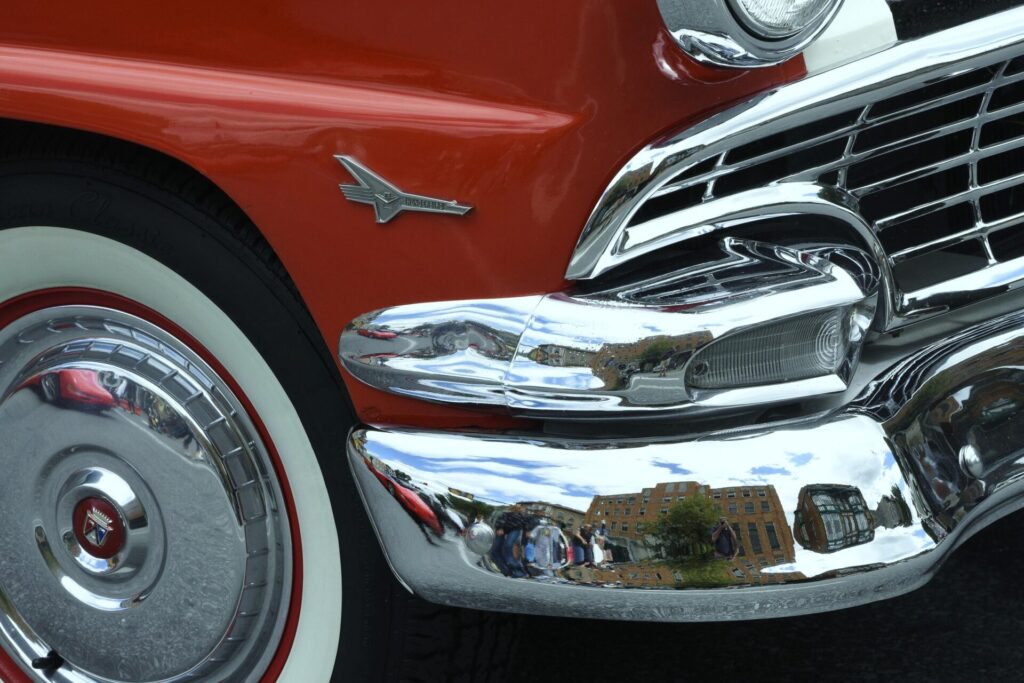
Like fellow Historic Districts in Chambersburg, Greencastle, and Mercersburg, Waynesboro celebrates hometown traditions. This infectious spirit is boosted by special programs and grant funds that keep downtown’s historic core protected while encouraging intelligent growth. A building adjacent to Main Street Park is currently being renovated and will soon house a restaurant and Main Street Waynesboro’s new offices. Main Street’s organization deserves much credit for the positive energy they’ve injected into downtown’s recent development.
Waynesboro’s symbolic centerpiece is Borough Hall. This handsome Second-Empire-style building is the foremost local architectural icon. Most know it as the home for Waynesboro’s municipal government offices and police department, but the building had colorful former tenants. Built in 1881 as the ‘Academy of Music’, the structure was originally designed as a dual public safety and entertainment space.
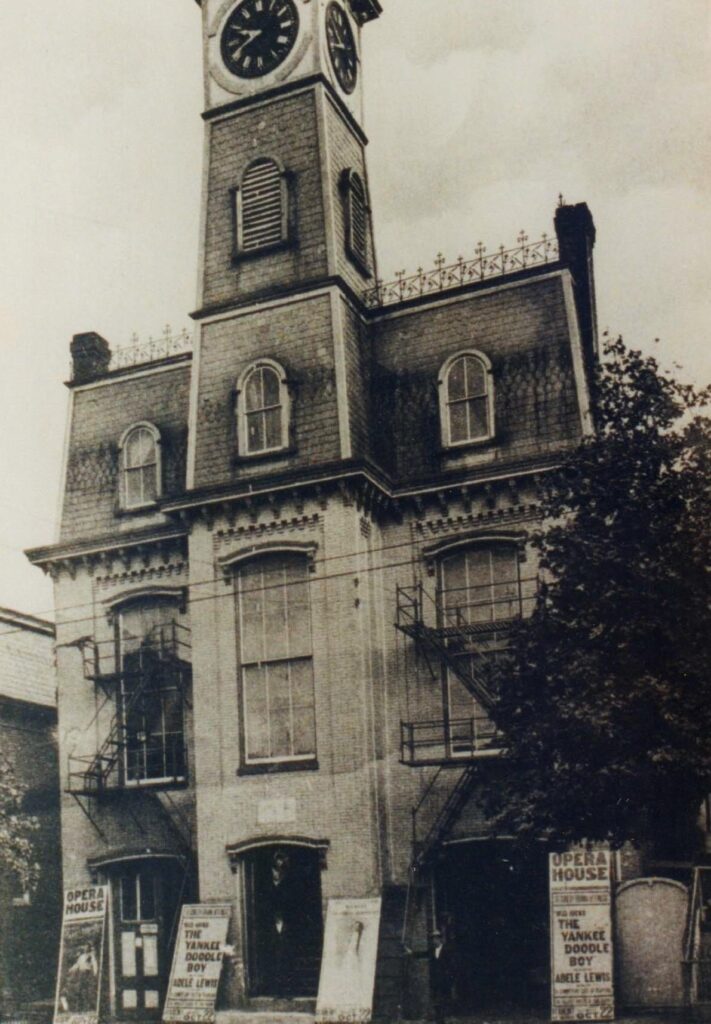
Waynesboro’s early firefighters housed antique hand-pulled equipment in the building. Later, a community market occupied the ground floor. In subsequent years, the Waynesboro Free Library moved into second-floor quarters in 1929.
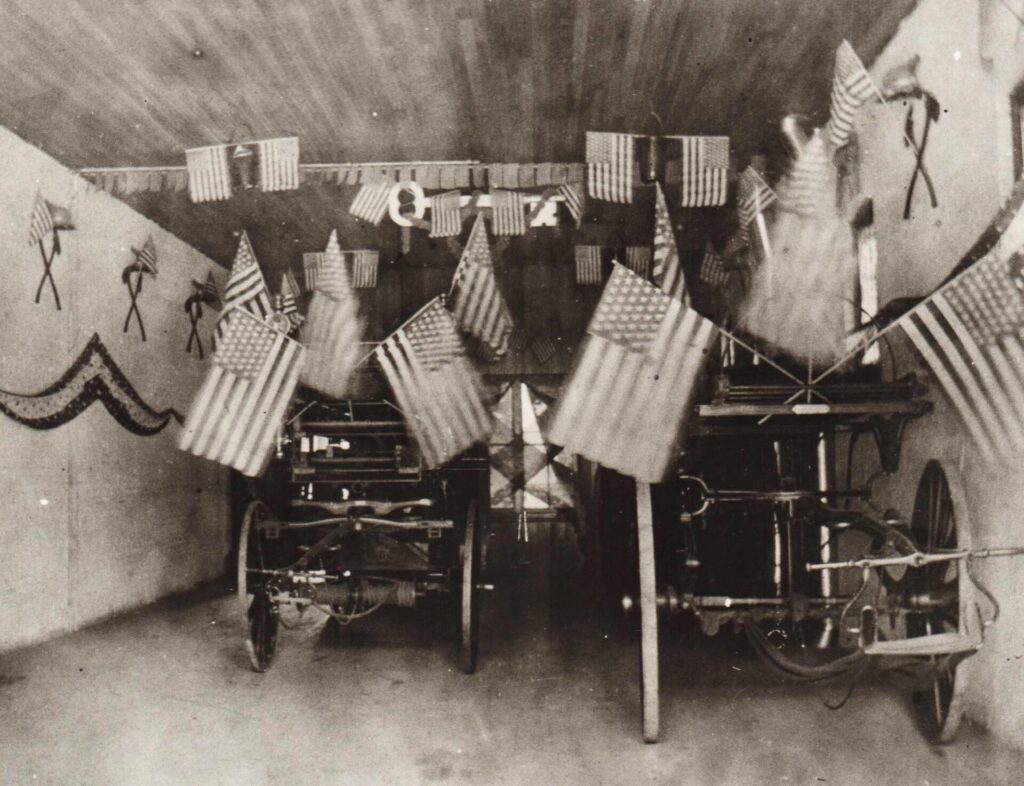
In 1955, a new endeavor formed, reimagining the building’s original name. The ‘Little Theater’ production company performed the plays of Agatha Christie and Tennessee Williams, receiving popular acclaim. A congratulations telegram was once sent by First Lady Mamie Eisenhower. The Wayne Band, now in its 125th season, also practiced in this upstairs entertainment space.
But the theater company disbanded in 1967, and several years later this distinct civic building was threatened with demolition. The Borough of Waynesboro made a wise decision and saved the property, eventually adding a new wing to house municipal offices. The Borough Hall gained NRHP status in 1980. This revered landmark, with its striking four-faced clock still chiming every hour, has always faithfully served Waynesboro’s public.
Once only a few houses distant from Borough Hall, the Alexander Hamilton House is another NRHP property honored in 1980. This particular Hamilton was not the founding father whose face graces the ten-dollar-bill, but a Chester County wagon-maker, blacksmith, and later land-speculator who arrived in Waynesboro in 1817. Legend says he came into town with all his belongings wrapped in a handkerchief.
But Alexander Hamilton prospered in Waynesboro, and later bought this brick Georgian style mansion in 1841. The 16-room home, built in 1814, remained in the Hamilton family for over a century. In 1943, a family descendent named Jane Yost owned the home. Perhaps knowing the Free Library had run short of space at Borough Hall, see bequeathed the Hamilton property to Waynesboro, in honor of her relative, to be used for a new public library christened the Alexander Hamilton Memorial Free Library (AHMFL).
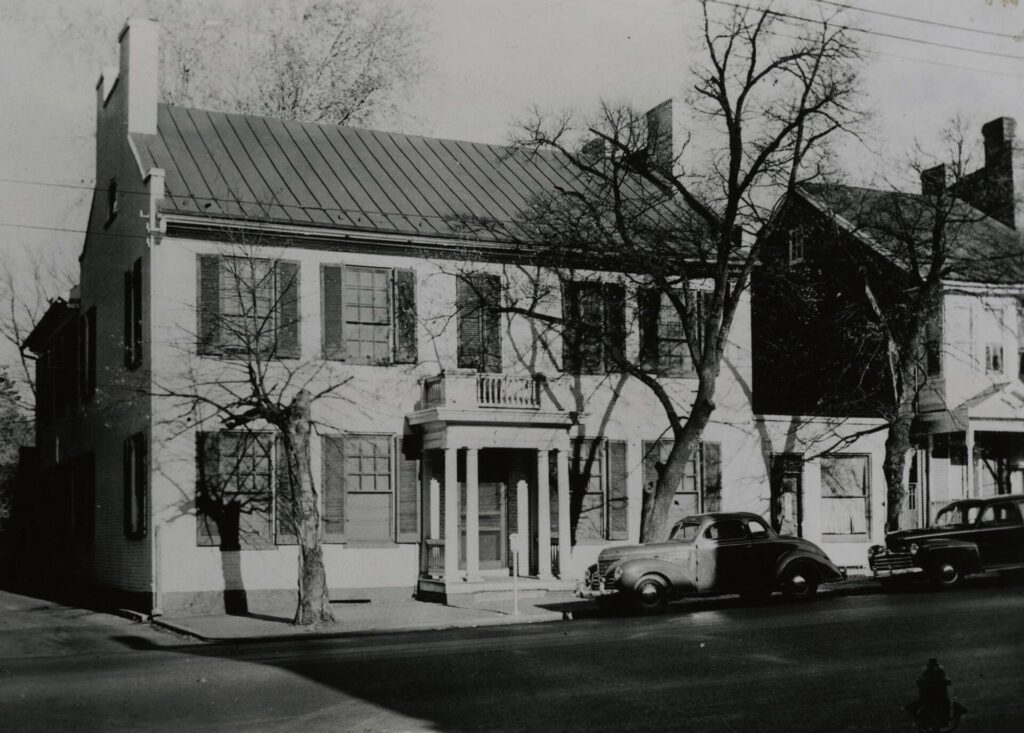
With public support, AHMFL enjoyed continued growth. The building has undergone several renovations (the first in 1955, another in 1978) to house its expanding catalog. The most recent 2014 addition, which added 6700 square feet of space, created new amenities for children and added tutoring and meeting rooms. These multiple improvements closed the original land gap between the library and Borough Hall (also due to its westward renovation), so today the two buildings’ walls adjoin, like a friendly handshake.
Three green scrapbooks from Borough Hall’s extinct Little Theater, filled with theatrical black and white photographs and artistic playbills, are fittingly now on display at AHMFL.
Reviewing the original National Register application forms for these sister properties is a peek into history. Borough Hall’s 1979 submission highlights its unique architectural features (mansard roof, arched double doors, eyebrow-like window heads) and also shares stories of past events. In 1906, the first motion picture shown in Waynesboro occurred there. An earlier public lecture, delivered by Robert Burdette, was titled ‘The Rise and Fall of the Moustache’.
The Hamilton NRHP application also presents its architectural qualifications, saying the building is a “rural representation of the 5 bay Georgian Style, common to the Pennsylvania valley. The structure is an example of architecture popular during the community’s inception. Waynesboro incorporated December 21, 1818 and this property signifies the community’s founders”. The submission also shares that oil portraits of Alexander and his wife Jane, painted by son John, still hang proudly on interior walls. The Hamilton’s had 12 children.
The Oller House is the third NRHP property in downtown Waynesboro. This lovely Queen Anne style home was owned by the Oller family and eventually bequeathed to serve as Waynesboro’s Historical Society’s (WHS) headquarters. Today, WHS honors the Oller’s legacy with numerous community events. The Society also houses the impressive Ringer photo collection and hosts the extensive Gembe Genealogy Room and Calimer Library archives which encourages scholarly research into Waynesboro’s families and landmarks.
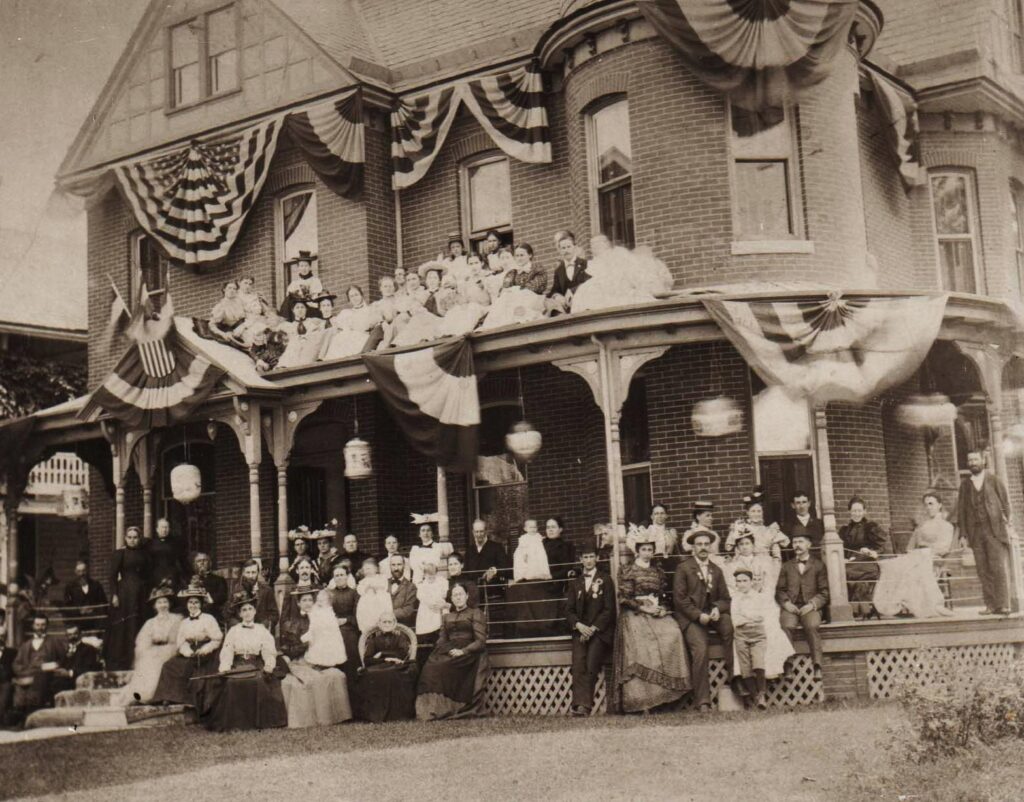
WHS owns and protects two other NRHP properties, Harbaugh Church and Welty’s Bridge. The latter, an old stone bridge, has been celebrated on vintage postcards and memorabilia- a rustic treasure symbolizing Waynesboro’s genteel past.
North of downtown, on a spacious lot at 410 North Grant Street, the Waynesboro Armory stands at attention. Completed in 1938, partly with funds from the Federal government’s depression-era Public Works Administration, this building was built as a home for Troop F, 104th Cavalry of Pennsylvania’s National Guard. The solid masonry I-plan structure includes sections for a mess hall, firing range, drill hall, and stables for horses.
Over the years, the property hosted many military exercises, including tank training, but also community events such as circuses, dance nights, and driver’s license instruction.

Like many historic buildings sitting on valuable land, the Armory faced encroaching development. The property gained NRHP status in 1989 but that distinction didn’t guarantee survival. In 2014, Pennsylvania’s government sold the property to a private investor, and the new owner parceled off some acreage. Local Real Estate professional Darwyn Benedict stepped in and bought the building (with the remaining 5 acres) in 2015, determined to preserve its heritage.
Benedict says much restoration was required to bring the armory building back to a usable space. Roof repair, repointing of brick, painting, and fixing broken windows were all completed. Today, the building hosts several businesses including a real estate office and a gun range. Benedict says the armory will continue honoring its civic duty and has served as a Girl Scout cookie warehouse and sponsored charitable groups like Veterans in Need, and Cancer fighting fund raising.
All these properties have illustrious pasts, but now most have assumed new roles serving Waynesboro. Thanks to generous benefactors, dedicated owners, and community support, they are preserved relics representing important eras in town history.
Surprisingly, no in-town Waynesboro industrial site has been honored to date with a NRHP listing. Several potential locations deserve consideration. An old Frick Company Power House still stands on Johnson Controls’ campus. Inside this small brick building, gigantic coal-fired flywheels once turned, powering the entire plant.
Over on Philadelphia Avenue, the Waynesboro Industrial Museum is housed in a former Mennonite Church. This charming 1902 structure, another fine example of an older building fulfilling a new purpose, also has promising NRHP potential.
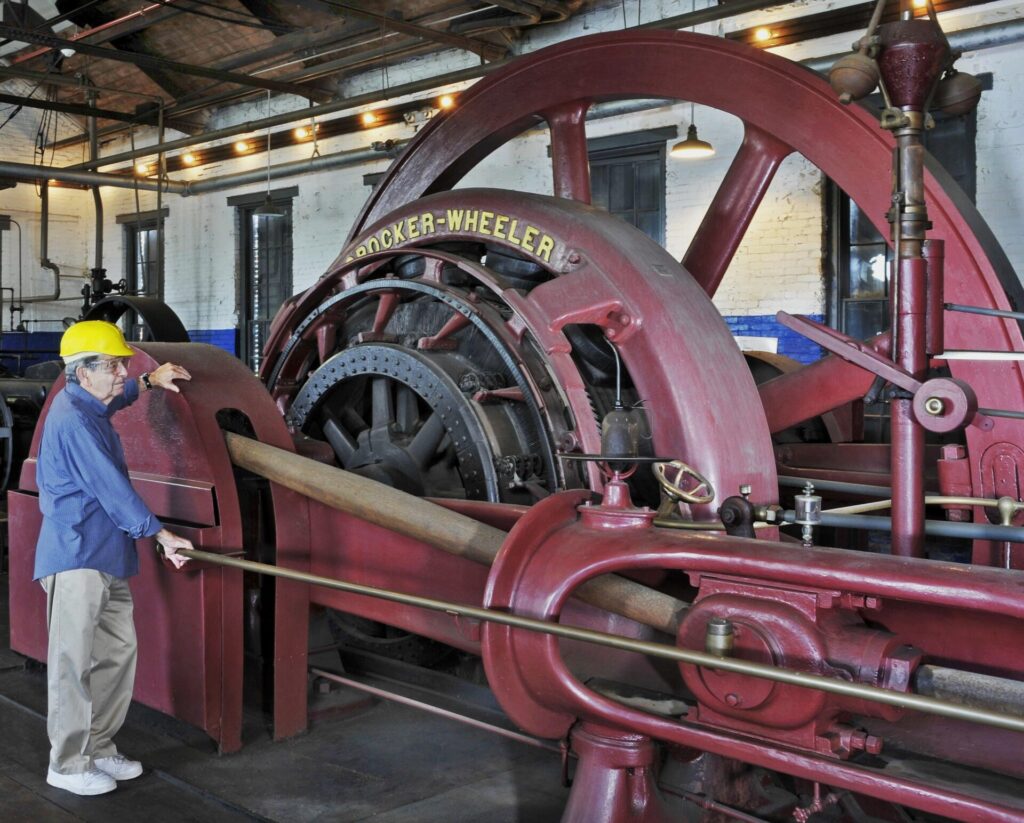
Finally, the former Landis Machine and Landis Tool complexes have various buildings and objects that possibly qualify NRHP’s criteria for historical significance. An addition of one or more of these industrial properties to the prestigious NRHP list would be another feather in Waynesboro’s historical cap.
Waynesboro is well represented by its preserved architecture. A NRHP designation isn’t required to appreciate them fully, but a listing helps identify which properties might need future protection and community support. Like aging humans, preventative care keeps these properties healthy and vital; benefiting the entire community.




